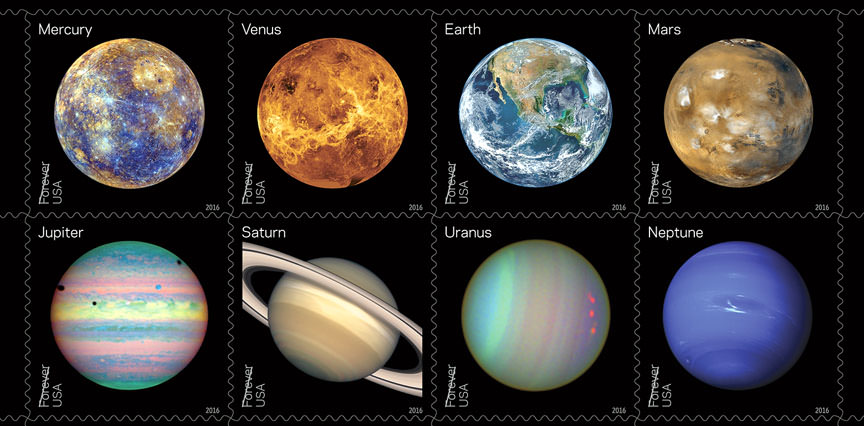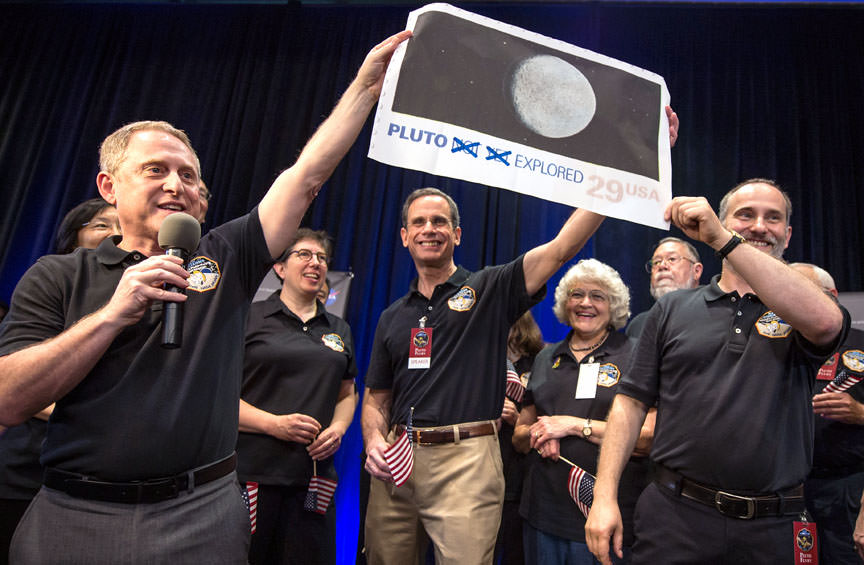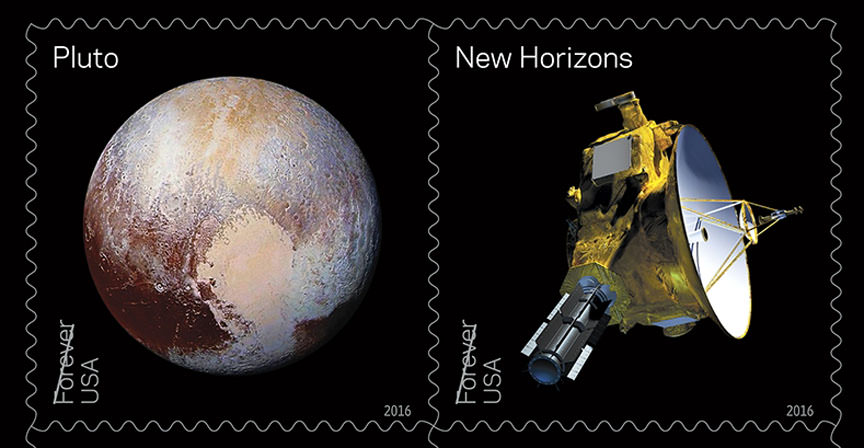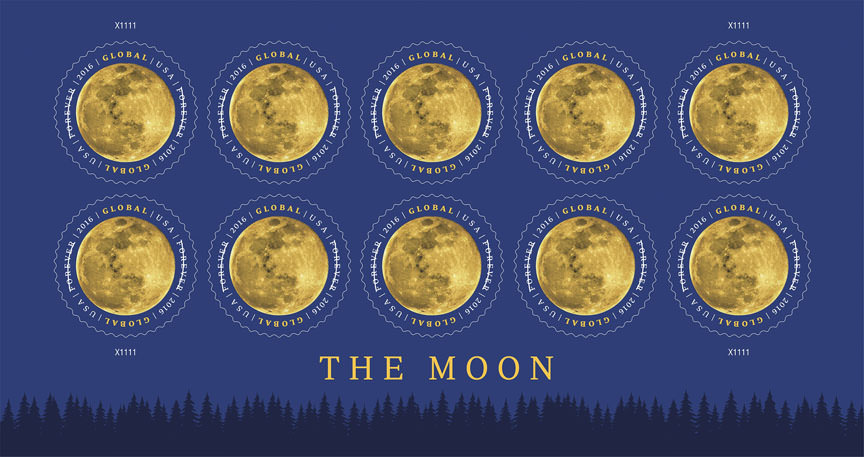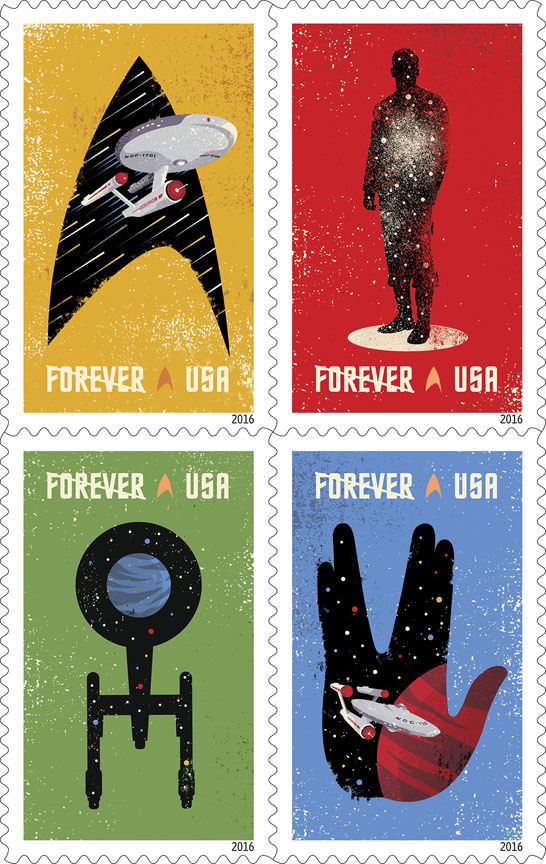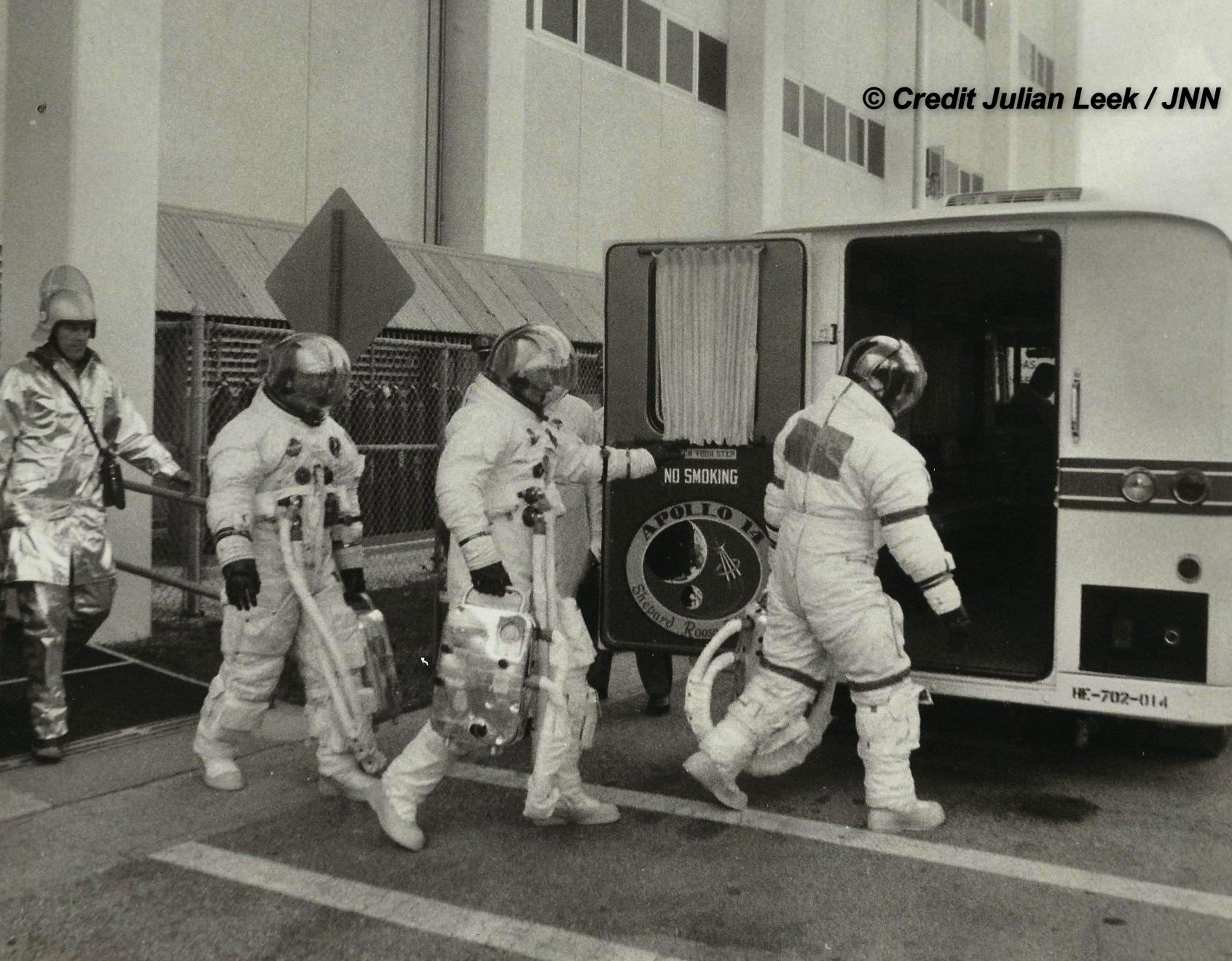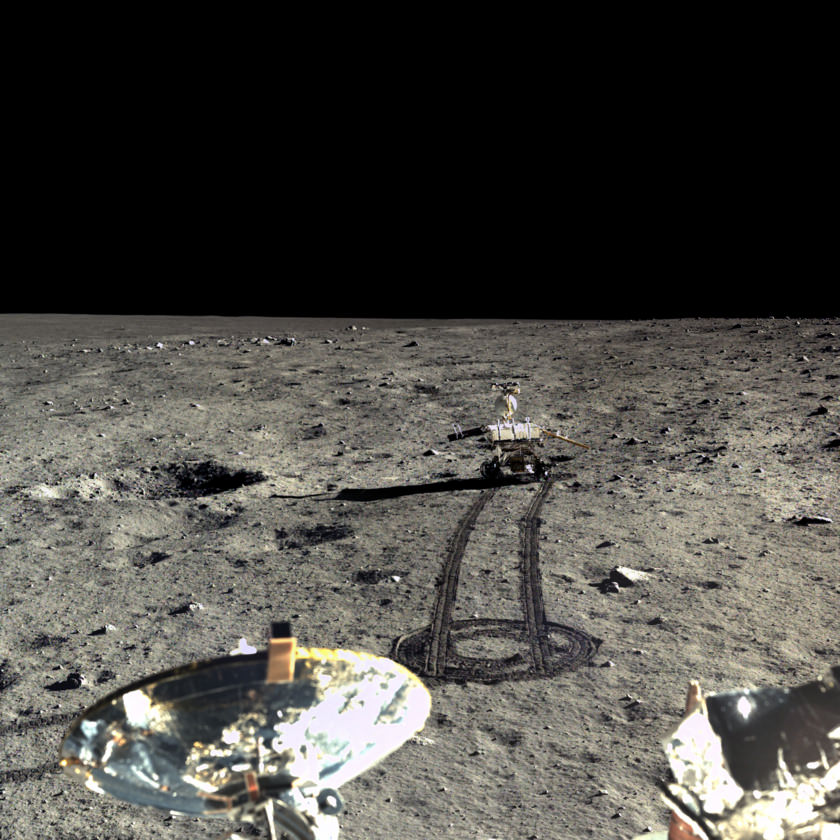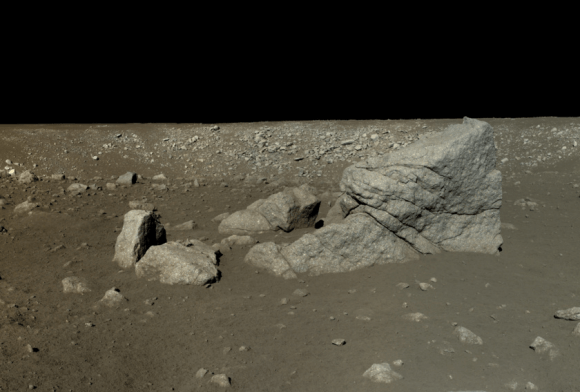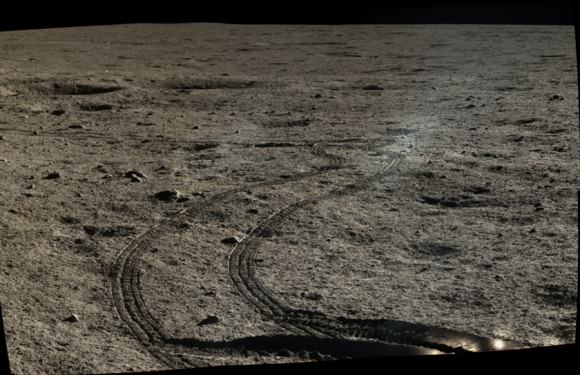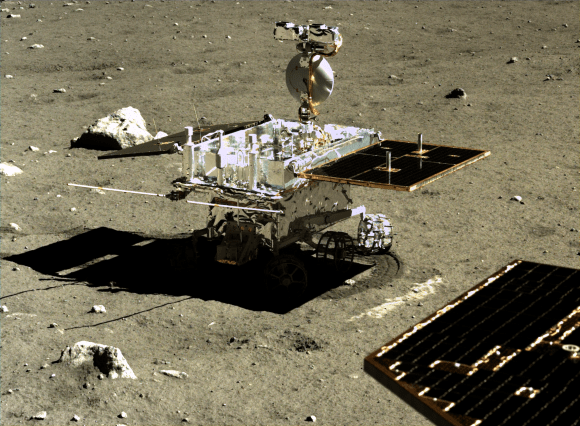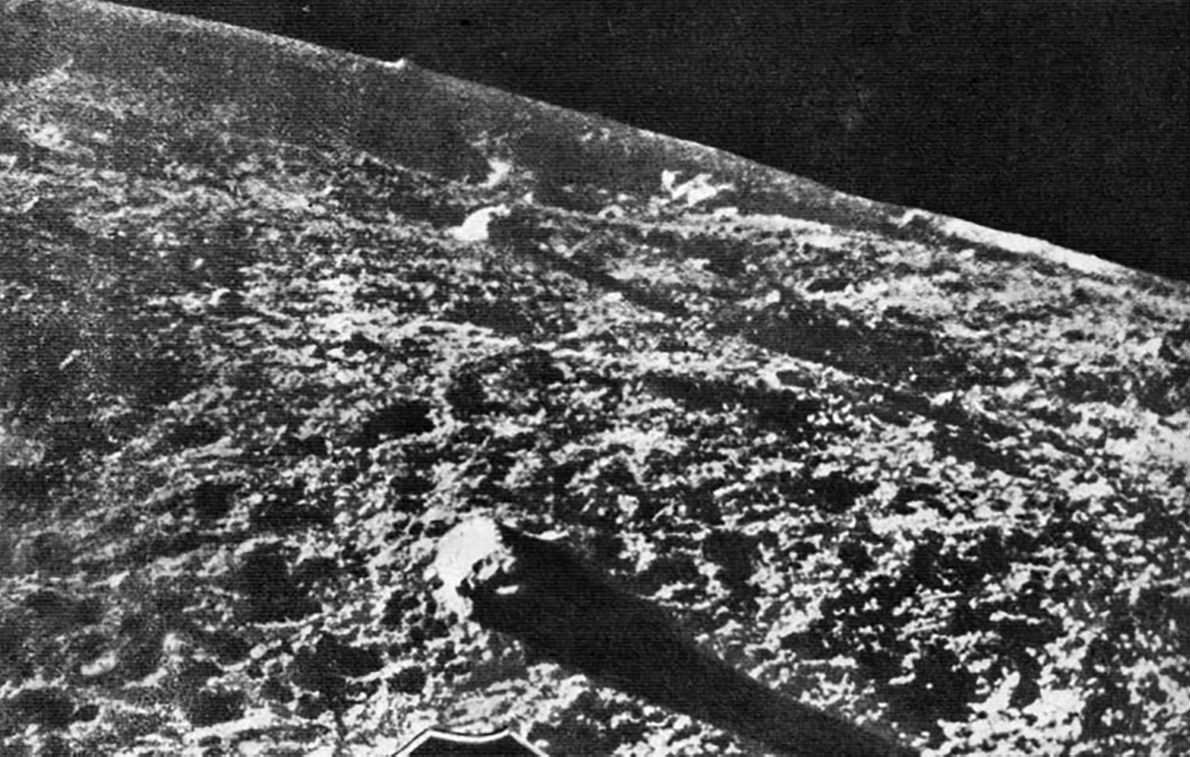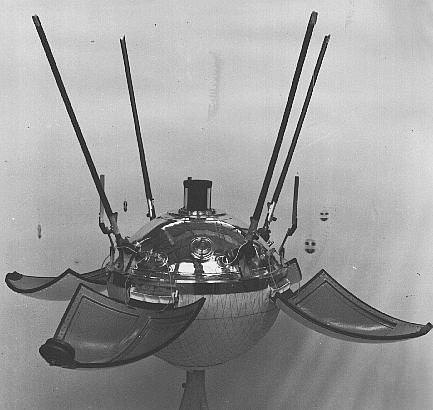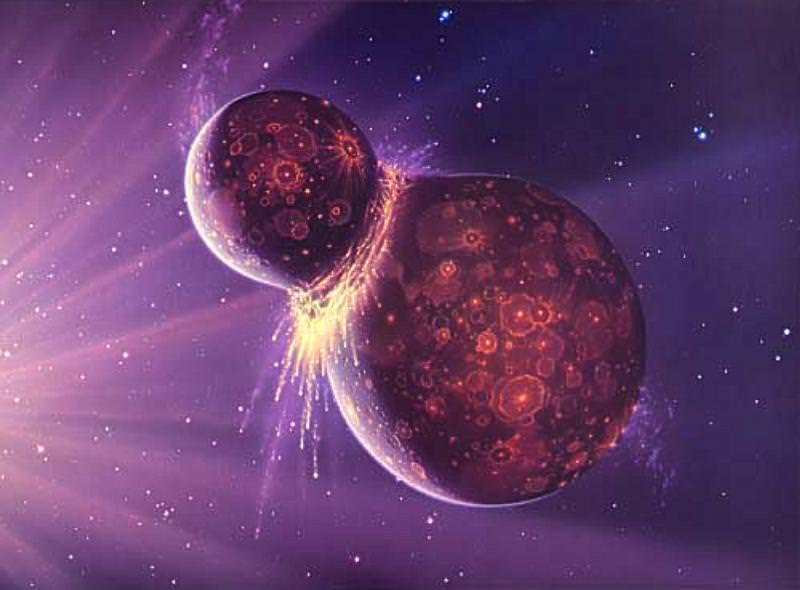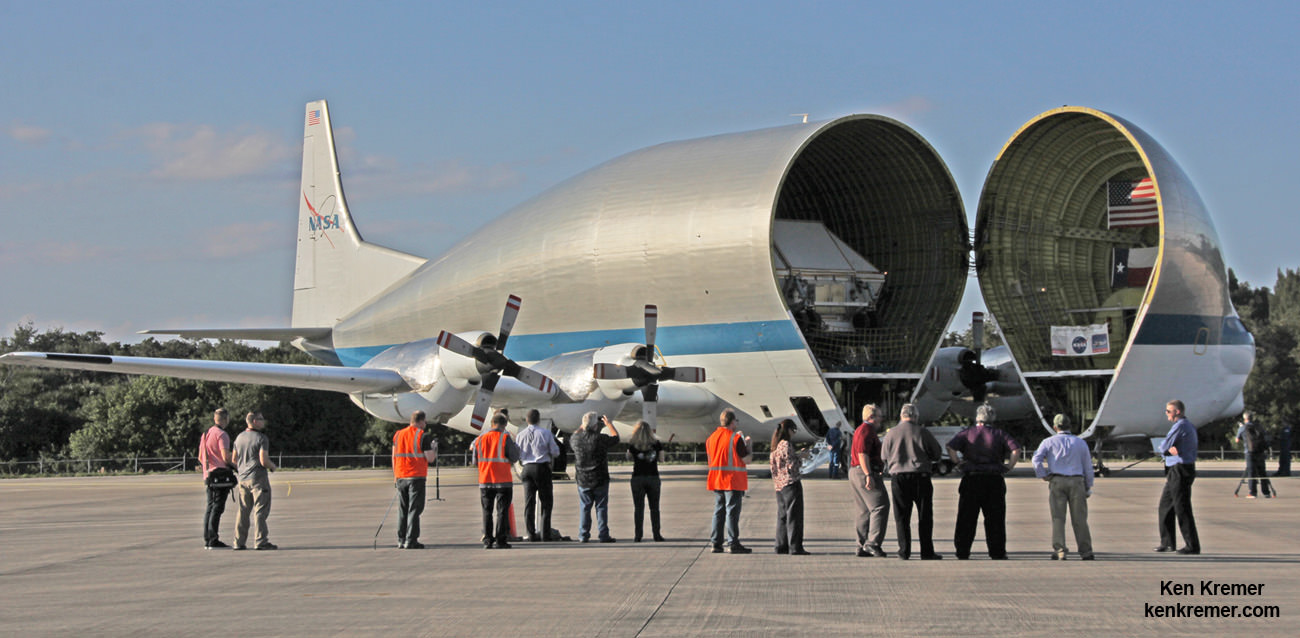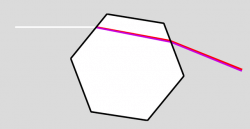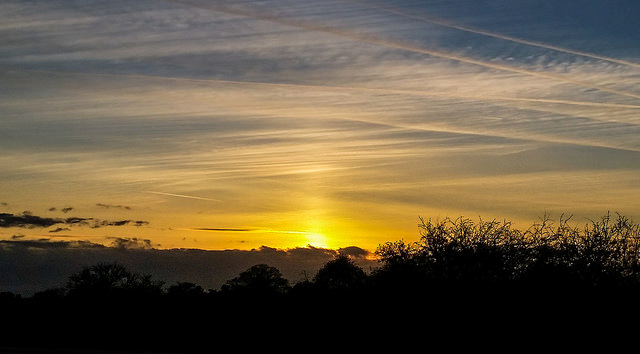Host: Fraser Cain (@fcain)
Guests: Dr. Michelle Thaller, the assistant director for Science Communication at NASA’s Goddard Space Flight Center. From 1998 to 2009 she was a staff scientist at the Infrared Processing and Analysis Center, and later Manager of the Education and Public Outreach program for the Spitzer Space Telescope, at the California Institute of Technology.
Kimberly Cartier (@AstroKimCartier )
Morgan Rehnberg (MorganRehnberg.com / @MorganRehnberg)
Dave Dickinson (www.astroguyz.com / @astroguyz)
Jolene Creighton (fromquarkstoquasars.com / @futurism)
Nicole Gugliucci (cosmoquest.org / @noisyastronomer)
Carolyn Collins Petersen (thespacewriter.com / space.about.com / @spacewriter )
Their stories this week:
Scott Kelly reruns to Earth after nearly a year in space
Fast Radio Bursts, now with more repeating
NASA commissions a new supersonic jet
Searching for Ice-Bound life on Earth to find it on other planets and moons
A New Look at the Ancient History of Mars
ESA Planning to Build an International Village on the Moon!
Remember that FRB from last week? Might be a false alarm…
We’ve had an abundance of news stories for the past few months, and not enough time to get to them all. So we’ve started a new system. Instead of adding all of the stories to the spreadsheet each week, we are now using a tool called Trello to submit and vote on stories we would like to see covered each week, and then Fraser will be selecting the stories from there. Here is the link to the Trello WSH page (http://bit.ly/WSHVote), which you can see without logging in. If you’d like to vote, just create a login and help us decide what to cover!
We record the Weekly Space Hangout every Friday at 12:00 pm Pacific / 3:00 pm Eastern. You can watch us live on Google+, Universe Today, or the Universe Today YouTube page.
You can also join in the discussion between episodes over at our Weekly Space Hangout Crew group in G+!


